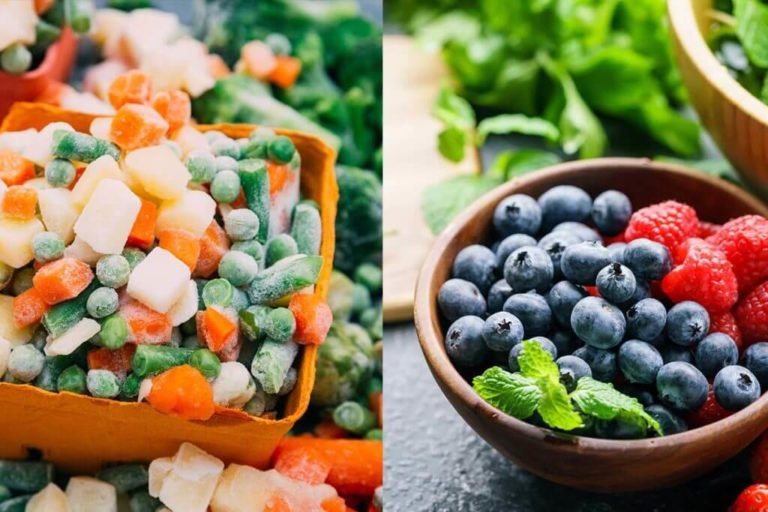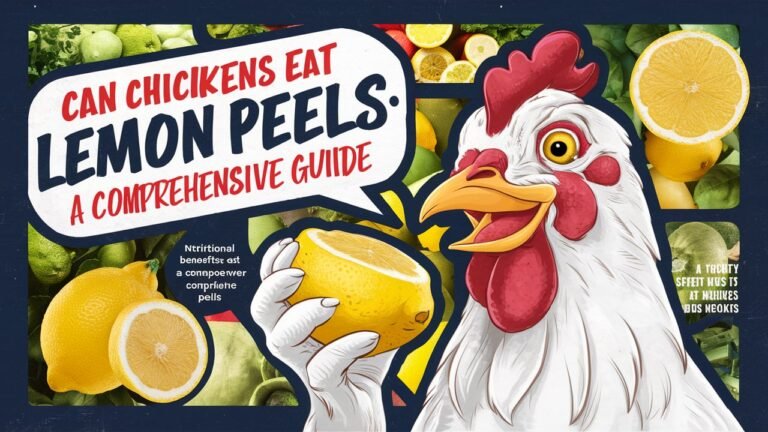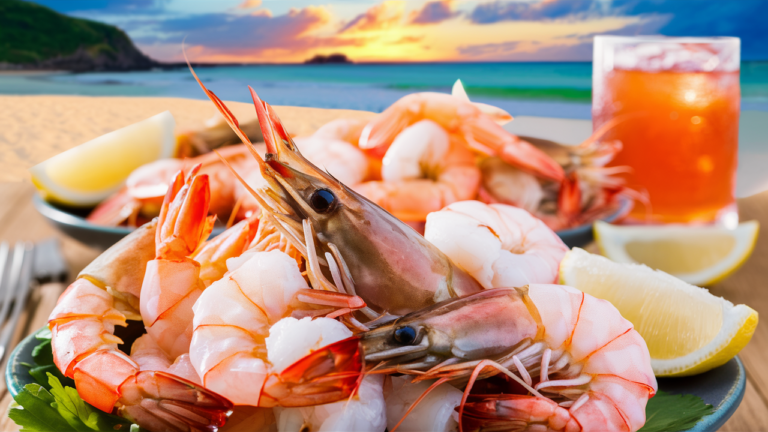Creating a charcuterie board is an art form that blends flavors, textures, and visual appeal into one delightful culinary experience. Whether you’re hosting a party, celebrating a special occasion, or simply indulging in a gourmet snack, a charcuterie board offers endless possibilities. In this guide, we’ll walk you through the steps to design a show-stopping charcuterie board that will leave your guests impressed.
What Is a Charcuterie Board?
A charcuterie board traditionally consists of a variety of cured meats, but it has evolved to include an assortment of cheeses, crackers, fruits, nuts, and more. The beauty of this creation lies in its versatility—you can tailor it to suit dietary preferences, themes, or seasonal ingredients.
Essential Ingredients for a Perfect Charcuterie Board
To assemble a balanced and appealing charcuterie board, include the following categories:
1. Cured Meats
- Prosciutto, salami, chorizo, and soppressata are popular options.
- Provide a mix of textures and flavors, such as spicy and mild.
2. Cheeses
- Incorporate different textures, such as soft (brie, goat cheese), semi-soft (havarti, gouda), and hard (cheddar, parmesan).
- Offer a variety of milk types like cow, goat, or sheep.
3. Crackers and Bread
- Use a mix of crackers, breadsticks, and sliced baguette for variety.
- Opt for both plain and flavored options to complement different toppings.
4. Fruits and Vegetables
- Fresh fruits like grapes, apple slices, and berries add sweetness.
- Dried fruits such as apricots and figs provide chewy texture and concentrated flavor.
- Add vegetables like baby carrots, cucumbers, or cherry tomatoes for freshness.
5. Nuts and Seeds
- Almonds, walnuts, and pistachios add crunch.
- Consider seasoned nuts for an extra layer of flavor.
6. Spreads and Dips
- Include honey, jam, mustard, or hummus for variety.
- Use small bowls to keep spreads contained and visually tidy.
7. Pickled Items
- Add olives, pickles, or marinated artichokes for tanginess.
Tips for Assembling Your Charcuterie Board
- Choose the Right Board: Use a wooden cutting board, marble slab, or large platter as your base.
- Plan the Layout: Start with bowls for dips and spreads, then arrange cheeses and meats around them.
- Layer Textures and Colors: Alternate colors and textures to make the board visually dynamic.
- Fill the Gaps: Use smaller items like nuts and dried fruits to fill empty spaces.
- Consider Dietary Needs: Provide gluten-free crackers or plant-based alternatives as needed.
Pairing Suggestions
- Wine: Red wines like Merlot or white wines like Sauvignon Blanc pair beautifully with most charcuterie boards.
- Non-Alcoholic Options: Sparkling water or fresh fruit juices can enhance the experience for non-drinkers.
Explore Creative Themes
- Seasonal Boards: Use seasonal produce like pumpkins in fall or berries in summer.
- Breakfast Charcuterie: Swap meats and cheeses for bagels, cream cheese, and smoked salmon.
- Dessert Boards: Feature chocolates, cookies, and fruits for a sweet twist.
For more inspiration and creative ideas to elevate your charcuterie board, check out this comprehensive guide!
Final Thoughts
A charcuterie board is more than just food—it’s a centerpiece that sparks conversation and brings people together. By following this guide, you’ll master the art of assembling a delicious, visually stunning charcuterie board that will delight every guest. Experiment with ingredients and themes to make it uniquely yours!







